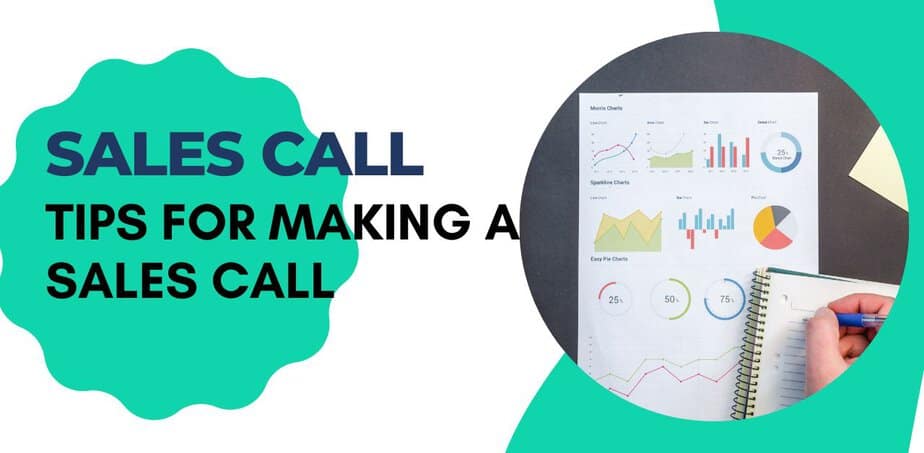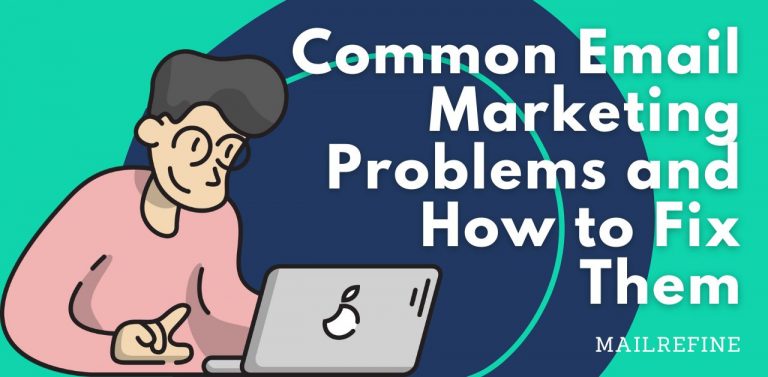
Knowledge
Tools
Best/Top Email Service Providers for Business
Zerobounce vs Neverbounce: Which Email Verification Tool is Right for You?
10 Best Reverse Email Lookup Free Tools and Paid Tools
6 Best Email List Cleaning Service (Free + Paid)
13 Best Email Warm Up Service For Cold Email
Tips and Tricks
Discover the upcoming email trends that will influence our industry in 2024 and uncover strategies to boost your sales through email marketing. Explore the potential
In order to succeed in today’s digital age, marketers must stay up-to-date with changing trends and adapt to new technologies that can benefit their business
You must master the art of creating effective sound bites if you’re a marketing or sales professional. Here are some pointers for creating well-phrased sound
Email marketing is undoubtedly one of the best “Return of Investment” channels out there. The open rate and Click Rate of an expected number can
Email Sender reputation is an email marketing metric that is a key factor in email deliverability. It is a score determined by Internet Service Providers
Popular Stories

Value Creation For Customers: 9 Effective Tips for Customer Value

Point of Contact meaning, Definition, Examples, Importance, and Tips

What is My PayPal Email Address and How to Change My PayPal Email Address

9 Best Tips Of Newsletter Sign Up Examples 2022

Sound Bite Examples and Some Tricks for Successful Sound Bite






